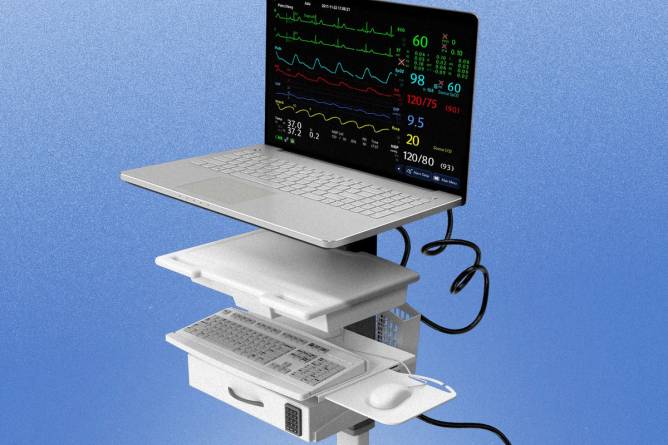|
While everyone has heard of the classic healthcare jobs like physician, nurse, or surgeon, one of the lesser-known jobs in the industry is patient advocate.
According to Nichole Davis, a board-certified patient advocate and founder of Wayfinder Patient Advocates, patient advocacy “is the act of keeping the patient front and center in their care.”
“It’s trying to make sure that the [health system] is the best-fitting, the most equitable, the most beneficial, and the most cost-effective,” Davis said. “It’s essentially just going to bat for the patient.”
Davis sat down with Healthcare Brew to offer a better understanding of patient advocacy, what it’s like to work in the field, and how it affects the broader healthcare system.
This interview has been lightly edited for length and clarity.
What roles could someone take up in the patient advocacy field?
Everybody that has a consciousness of patient impact or patient centricity can be a patient advocate in any healthcare role that they’re in. For example, you have financial patient advocates that may be employed by a hospital, and they help patients navigate the financial implications of their care. You can have a doctor that speaks up for a patient.
You could also be like me: I’m a private patient advocate, which means that I don’t have an affiliation to a particular hospital or insurance company or pharmaceutical company.
Keep reading here.—MA
|








